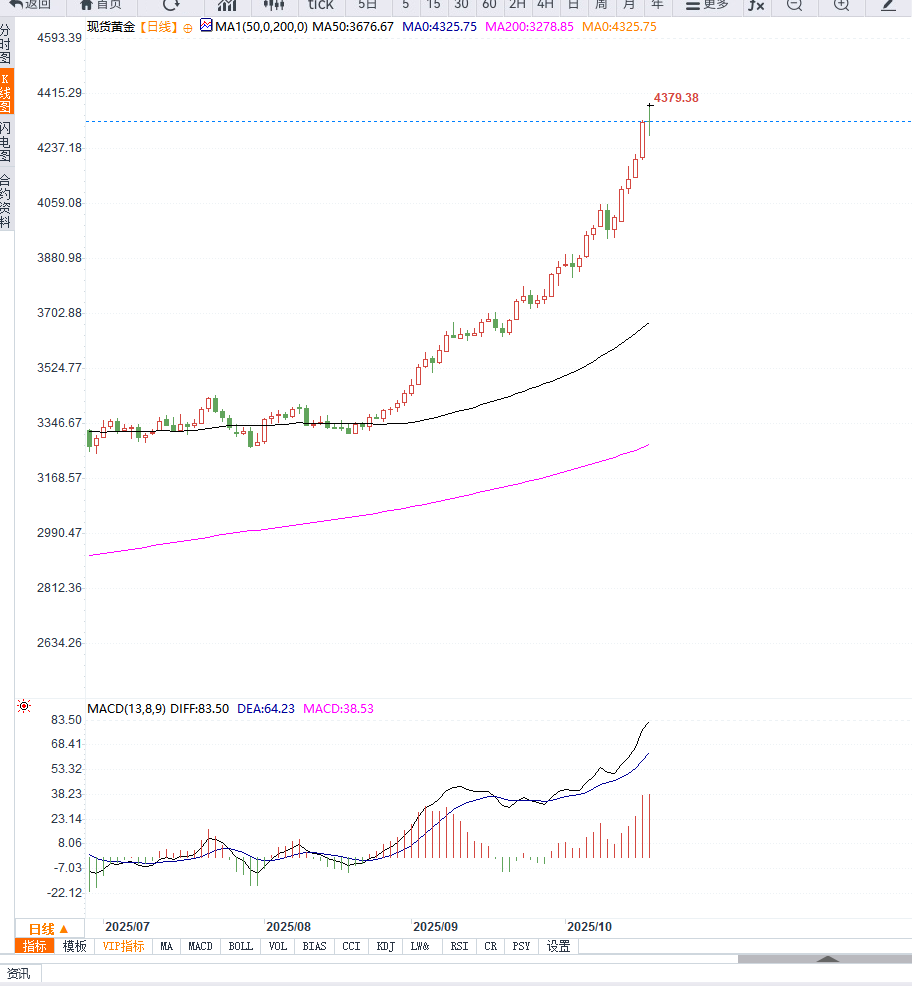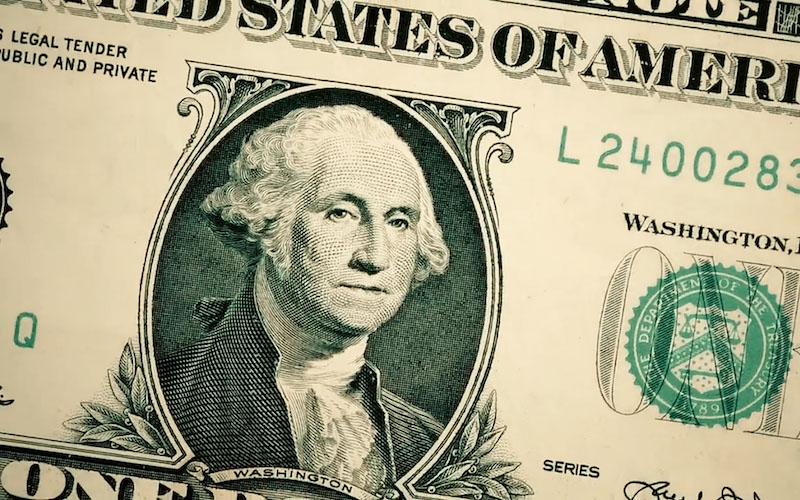Gold prices broke through the historical high of $4,380 and then fell back. Be careful of wide fluctuations in the short term.
2025-10-17 10:02:14
Market risk sentiment tends to be cautious, and investors continue to increase their holdings of safe-haven assets against a complex macroeconomic backdrop. First, the US government shutdown crisis has become one of the main drivers of the rise in gold prices.

The government shutdown, which has entered its third week due to Congress's failure to pass a funding bill, could cost the U.S. economy up to $15 billion per week, according to U.S. Treasury officials. Market participants generally believe that if the fiscal impasse continues, the U.S. dollar will come under further pressure, supporting dollar-denominated gold prices.
A market analyst pointed out: "Investors are worried that the fiscal shutdown will drag down US economic growth, so gold has once again become the first choice for safe havens."
Secondly, expectations of a Federal Reserve rate cut have significantly increased. Fed Chairman Jerome Powell stated this week that US job growth has slowed significantly and that downside risks to the economy have increased, suggesting two more rate cuts are possible this year. Federal Reserve Board Governor Christopher Waller also supported another rate cut at this month's policy meeting, arguing that signals from the labor market remain mixed.
Lower interest rate expectations reduce the opportunity cost of holding non-yielding gold, providing solid support for gold prices. Meanwhile, global trade concerns have resurfaced. The US President said Washington is considering cutting some trade with the Asian giant in response to a new round of friction between the two sides over port fees.
This news has triggered concerns in global markets about the stability of the supply chain, further boosting demand for safe-haven assets. However, from a geopolitical perspective, some risk events have shown signs of easing.
Sources said the leaders of the United States and Russia plan to meet again to discuss a possible end to the conflict in Ukraine, a development that could dent some of gold's safe-haven buying in the short term.
From a technical perspective, the daily gold chart shows that the price continues to run above the 20-day and 50-day moving averages, maintaining a bullish structure. Since breaking through the $4,300 mark, the candlestick pattern has shown a steady upward trend, with upper resistance concentrated in the $4,380-$4,400 range.
A breakout above this range could open up further upside potential, targeting $4,450. Regarding technical indicators, the extended MACD bar indicates continued bullish momentum, while the RSI remains near 70, in overbought territory, suggesting a potential short-term technical correction. However, the overall trend remains strong.
 Editor's opinion:
Editor's opinion:The current gold price trend is driven by both macroeconomic factors and sentiment. Against the backdrop of expectations of interest rate cuts and the continued risk of a fiscal shutdown, gold prices still have short-term upward momentum. However, as geopolitical tensions gradually ease, gold's safe-haven properties may gradually weaken.
Technically, if gold prices can hold above $4,350, the next target could be $4,400. Conversely, if the Fed's speech sends a hawkish signal, gold prices could retest the $4,200 support level. Overall, gold prices are expected to remain volatile at high levels until the end of the year.
- Risk Warning and Disclaimer
- The market involves risk, and trading may not be suitable for all investors. This article is for reference only and does not constitute personal investment advice, nor does it take into account certain users’ specific investment objectives, financial situation, or other needs. Any investment decisions made based on this information are at your own risk.





















